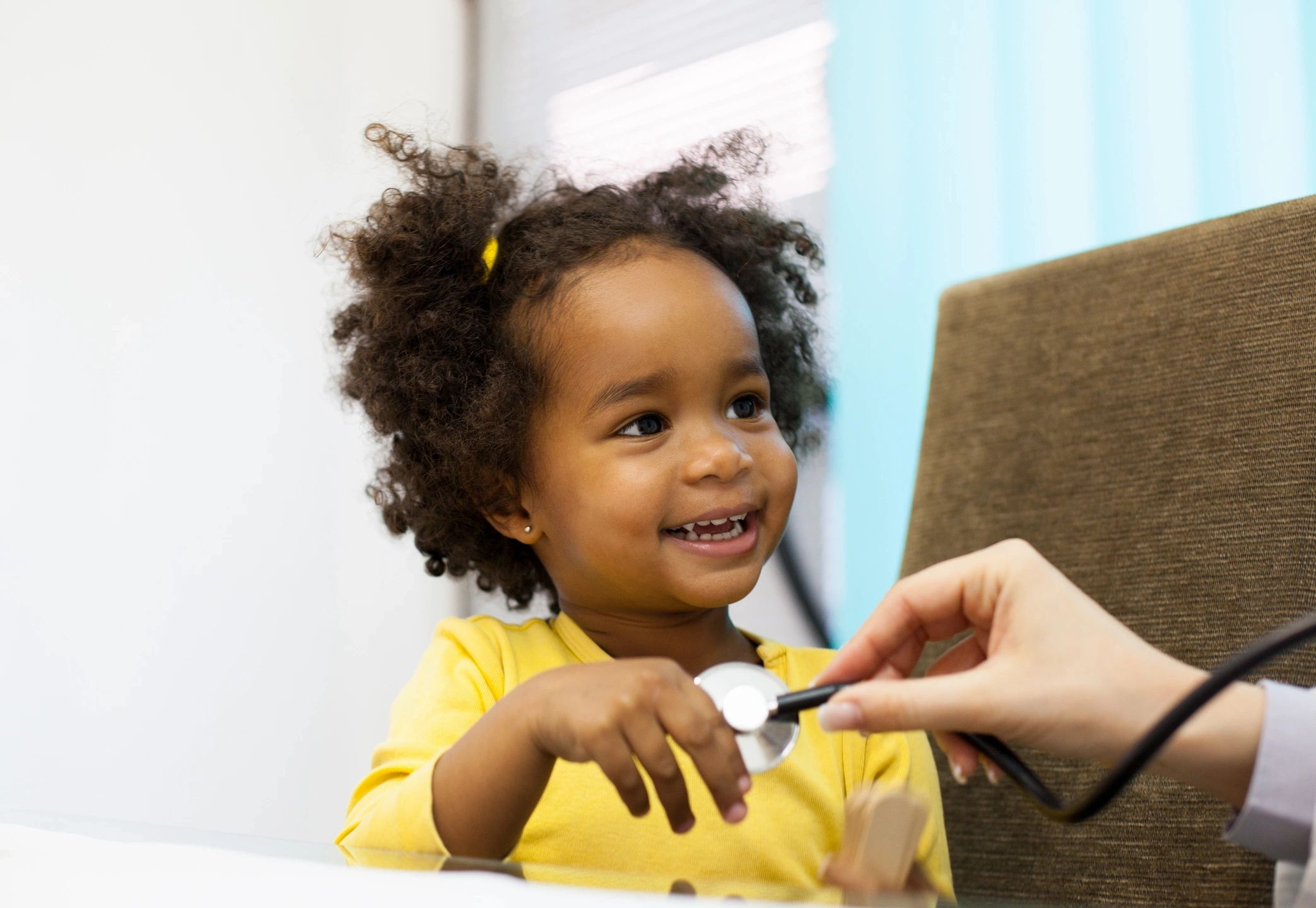Respiratory distress in children
Respiratory distress in children is a medical emergency characterized by difficulty breathing or rapid, labored breathing. It can be caused by various underlying medical conditions and is a critical concern because adequate oxygen intake is essential for a child’s health and well-being. Here are some key points to understand about respiratory distress in children:
Causes:
- Infections: Respiratory distress can result from various infections, including viral respiratory illnesses (e.g., bronchiolitis or influenza), bacterial pneumonia, or upper airway infections.
- Asthma: Children with asthma may experience respiratory distress during asthma attacks, with symptoms such as wheezing, coughing, and shortness of breath.
- Allergic Reactions: Severe allergic reactions (anaphylaxis) can lead to swelling of the airways and breathing difficulties.
- Trauma: Chest injuries, rib fractures, or lung injuries can cause respiratory distress.
- Chronic Conditions: Certain chronic conditions, such as congenital heart defects, cystic fibrosis, or neuromuscular disorders, can contribute to respiratory distress.
- Foreign Body Inhalation: Inhaling a foreign object can block the airway and cause respiratory distress.
Symptoms:
Common signs and symptoms of respiratory distress in children include:
- Rapid or labored breathing.
- Flaring of the nostrils.
- Use of accessory muscles (e.g., neck and chest muscles) for breathing.
- Retractions, which are visible inward movements of the chest wall during inhalation.
- Wheezing or high-pitched breathing sounds.
- Cyanosis (bluish or grayish discoloration of the skin, lips, or nail beds) indicating oxygen deprivation.
- Agitation or restlessness.
- Decreased responsiveness or lethargy.
Diagnosis:
- Diagnosis of respiratory distress is based on a combination of clinical evaluation, physical examination, and, if necessary, diagnostic tests such as chest X-rays or blood tests.
Treatment:
- Treatment of respiratory distress in children depends on the underlying cause and the severity of the condition. It may include:
- Oxygen therapy to improve oxygen levels in the blood.
- Bronchodilator medications for conditions like asthma.
- Antibiotics for bacterial infections.
- Allergic reaction management with epinephrine in cases of anaphylaxis.
- Supportive care, such as intravenous fluids, for severe cases.
- Mechanical ventilation in critical situations when a child’s breathing is severely compromised.
Prognosis:
- The prognosis for children with respiratory distress varies depending on the underlying cause, the child’s overall health, and the timeliness and effectiveness of medical intervention.
- Early recognition and prompt treatment of respiratory distress are essential for better outcomes.
Parents and caregivers should seek immediate medical attention if a child exhibits signs of respiratory distress. Timely intervention can be lifesaving, and healthcare professionals can determine the underlying cause and provide appropriate treatment to alleviate breathing difficulties and restore oxygenation.
------------From our Sponsors------------









